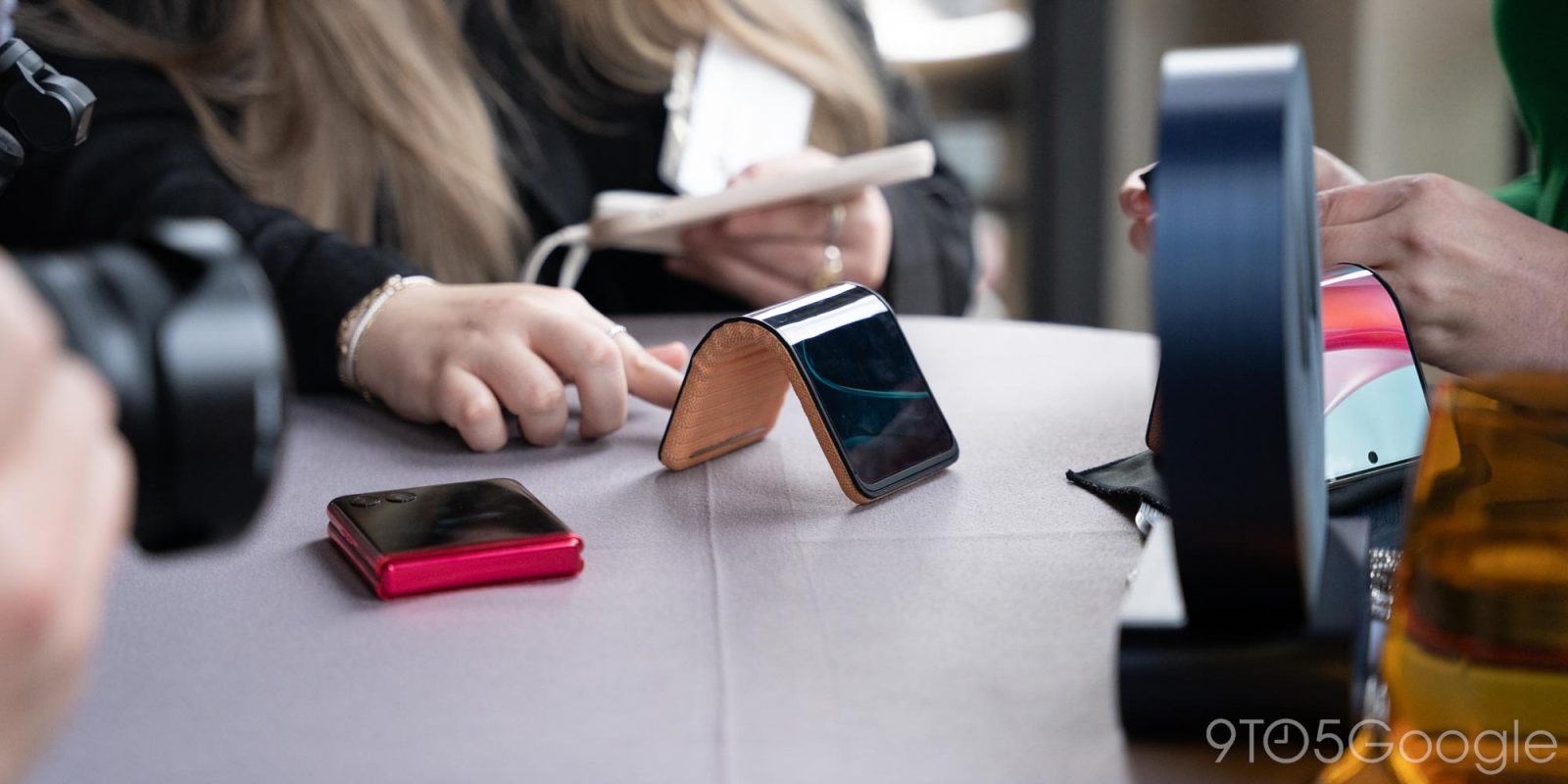
At MWC 2024 last week, I had the chance to try out some of the concept devices that are meant to show the future of smartphones. But, while the future of foldables seems brighter than ever, I’m not sure ideas like rollables or bendables are going to have any place in the actual market.
Foldables, as it stands today, are made up of two main form factors. There’s the book-style that’s used by devices like Pixel Fold, Samsung Galaxy Z Fold, and OnePlus Open. Then, there’s the flip phone, popularized by the Galaxy Z Flip and Motorola Razr.
And these two ideas have very clear use cases. For book-style devices, you’re effectively carrying around a tablet in your pocket. It’s more space available on the go without getting rid of a more traditional form factor. For flip phones, it’s all about saving pocket space by condensing a full-size smartphone down to half of its size. And, for the latter, they’re also getting way cheaper.
What’s next? We’ve heard for years about tri-fold devices, but nothing has actually come up there yet. For some brands, though, there’s still plenty of exploration. Honor, for instance, has an outward folding device that looks like a small purse. Totally impractical in my view, but a neat idea nonetheless.
At MWC, two of the concepts I was able to check out included, firstly, the Motorola Adaptive Display Concept.
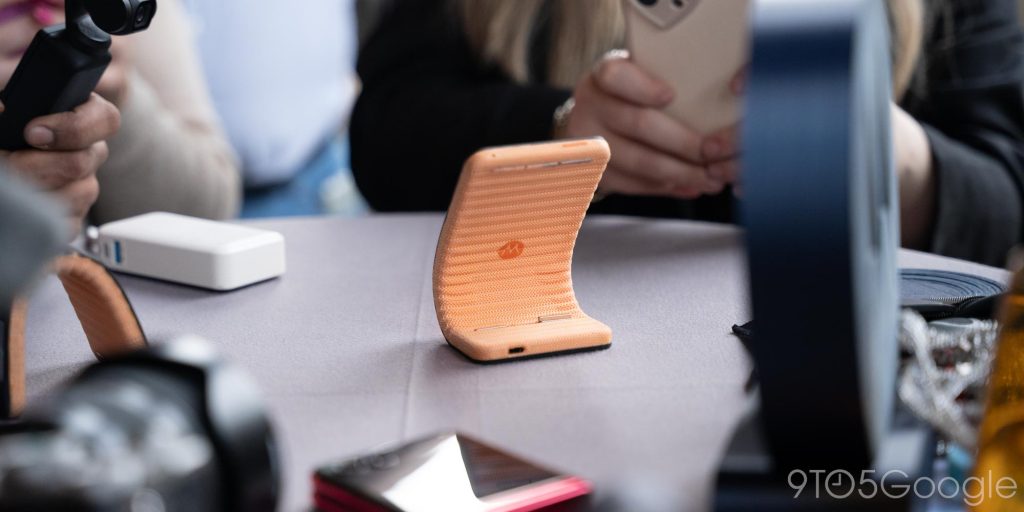
This device was first announced in 2023 at Lenovo Tech World, and is effectively a modern revival of a 7-year-old Lenovo concept. A display bends backwards to be propped up like a tent, or even worn on the wrist. In-person, this is definitely a neat idea, but I have no idea who this is for.
The main claim to fame of this device is that you can wear it on your wrist. This is accomplished using a magnetic wrist band that holds the device in place.
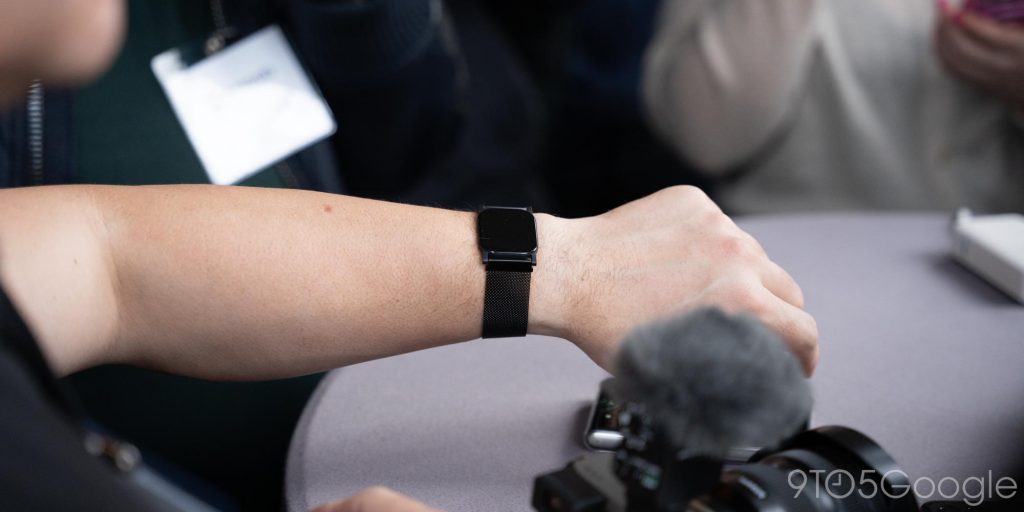
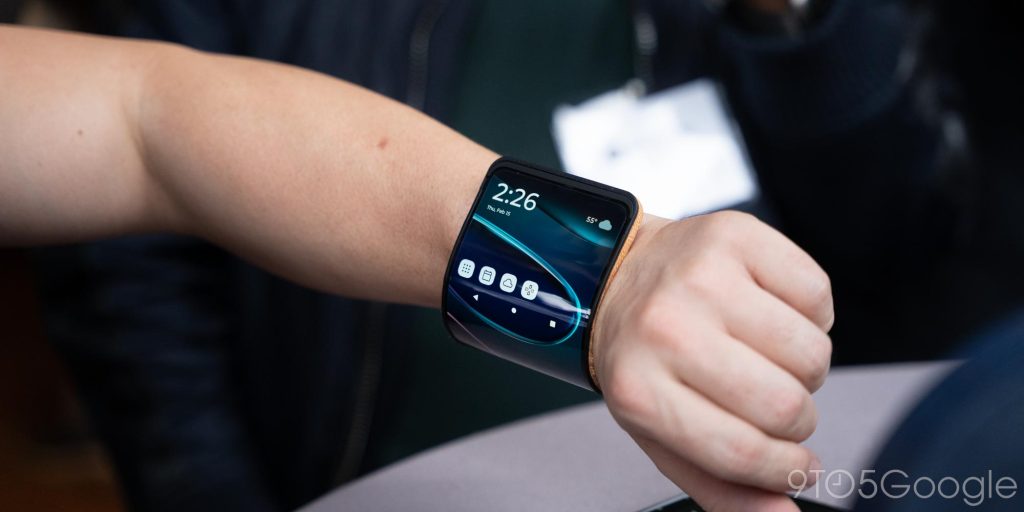
Again, super neat idea, but it’s ugly and cumbersome in its current state, and I really can’t imagine a future where this concept is sleek enough to really be popular. And that’s not even to touch on the horrible durability concerns of a device that puts its fragile flexible display on the outside.
Off of the flexible displays for a moment, I also got a chance to check out Lenovo’s transparent display concept at the show, and this is the idea that I really just can’t get behind. It’s super neat and impressive to see in person, but if even a shred of practicality enters the conversation, the whole idea falls apart.
I just do not understand the transparent display hype at all.
The other concept I spent some time with at MWC was the Tecno Phantom Ultimate, also announced last year. This device is a rollable, extending its normal-ish display to a slightly wider size with the tap of a button. It’s well-executed, but this is another one I’m struggling to find value in.
Rollables are a really neat idea and one I can get behind when it’s well-executed – I loved Motorola’s Rizr concept last year – but the simple reality of today is that these devices are doing what existing foldables already do, but worse.

The Phantom Ultimate gives you a display that’s maybe 20-30% wider than the original, which is useful, but it does so with a fragile screen that’s constantly exposed and a motor that’ll be more susceptible to eventually dying. Meanwhile, a book-style foldable gives you much more screen space, all while protecting its fragile components when you close it.
I absolutely feel there’s a future for rollables, but I’m starting to think it’s not in smartphones. A tablet might be a far better use case here, as a small tablet could be extended to a much bigger one on the fly. That would actually come in handy, I think, and its compromises would be felt less in that sort of form factor.
As mentioned at the outset, the future of flexible displays in foldables seems incredibly bright. Devices are just getting better and better with time, and people are actually buying them too. And, to Tecno’s credit, the company also showed off a foldable display concept with virtually zero bezels. It was a sight to behold in person.

But with these other concepts, I’m just not so sure these ideas are really being thought through yet. At the very least, we’re a long way from these being anything but a fun trade show trick.
What do you think? Do you see a future in rollables, bendables, or any other wacky flexible display concepts?
More from MWC 2024:
- Here are Google’s custom Android pins from MWC 2024 [Gallery]
- Google Pixel 8 series named 2023’s ‘Best Smartphone’ with award at MWC
- Here’s the Samsung Galaxy Ring [Gallery]
Follow Ben: Twitter/X, Threads, and Instagram
FTC: We use income earning auto affiliate links. More.


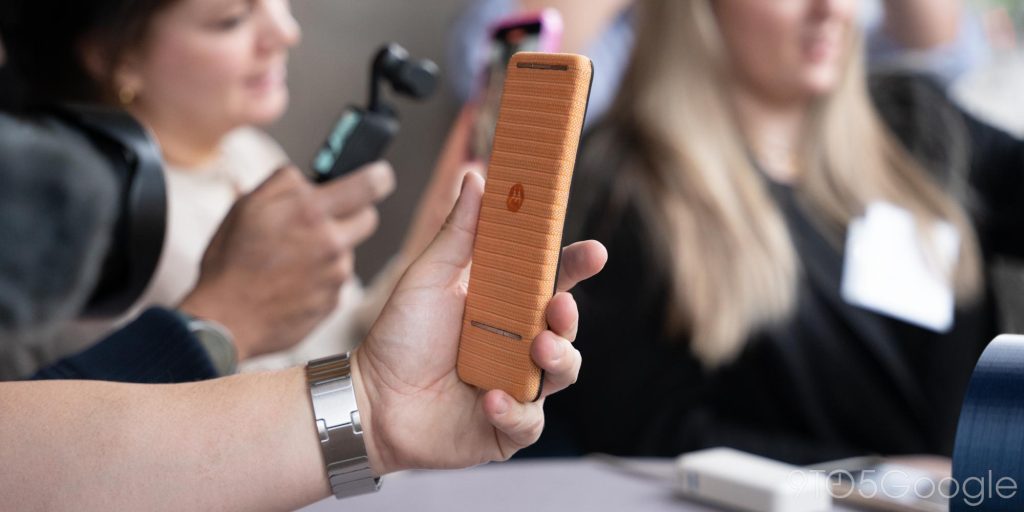
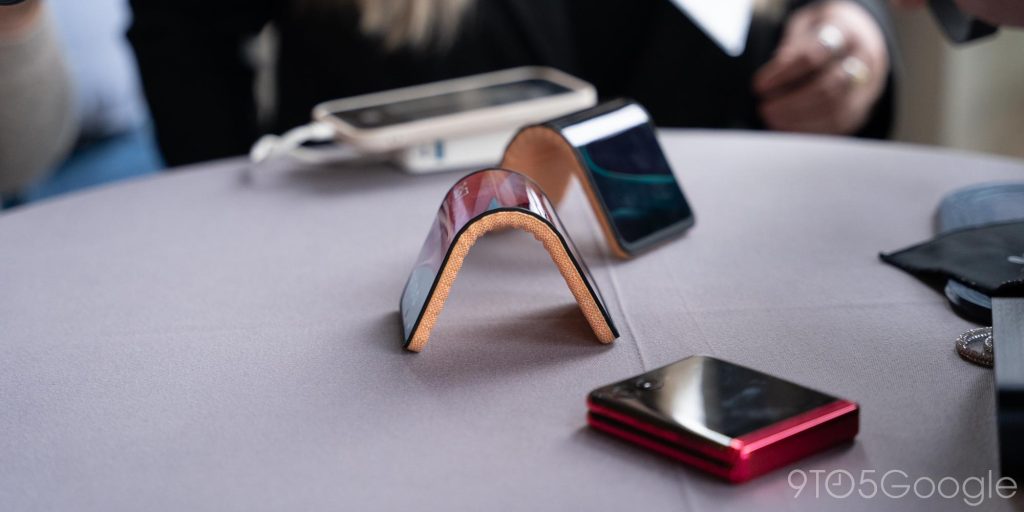
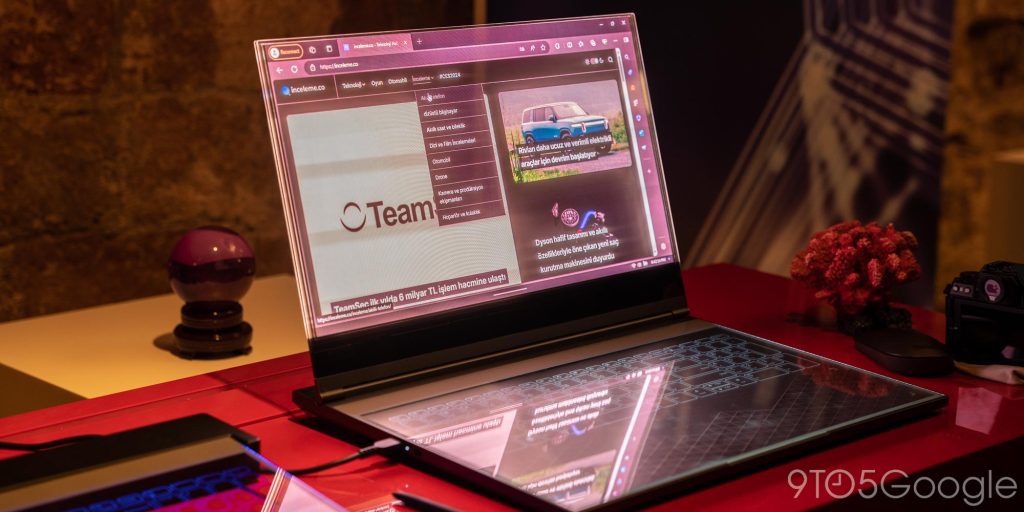
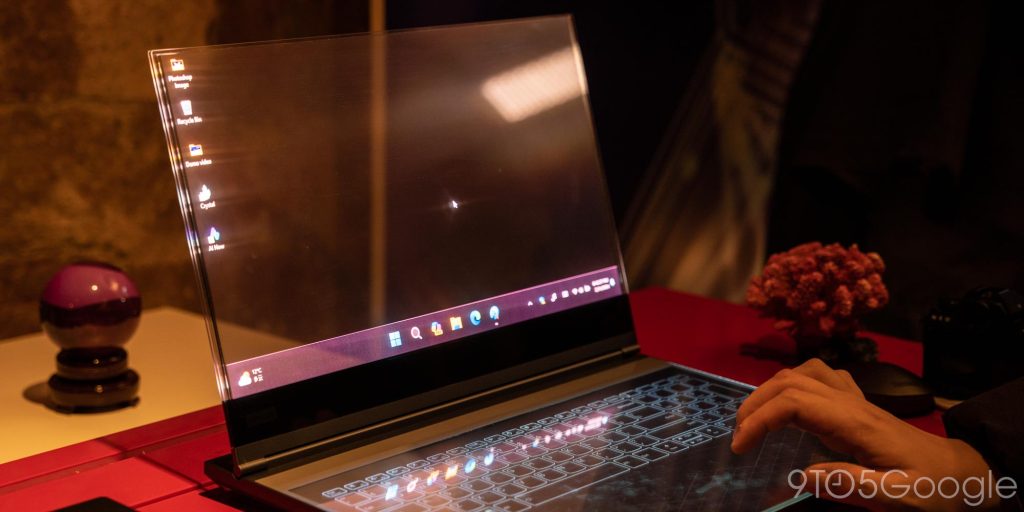
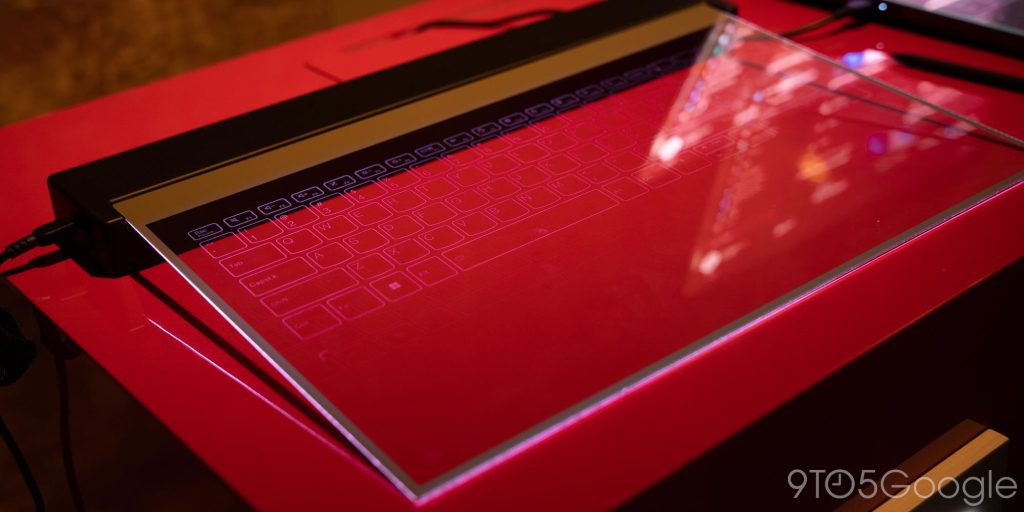

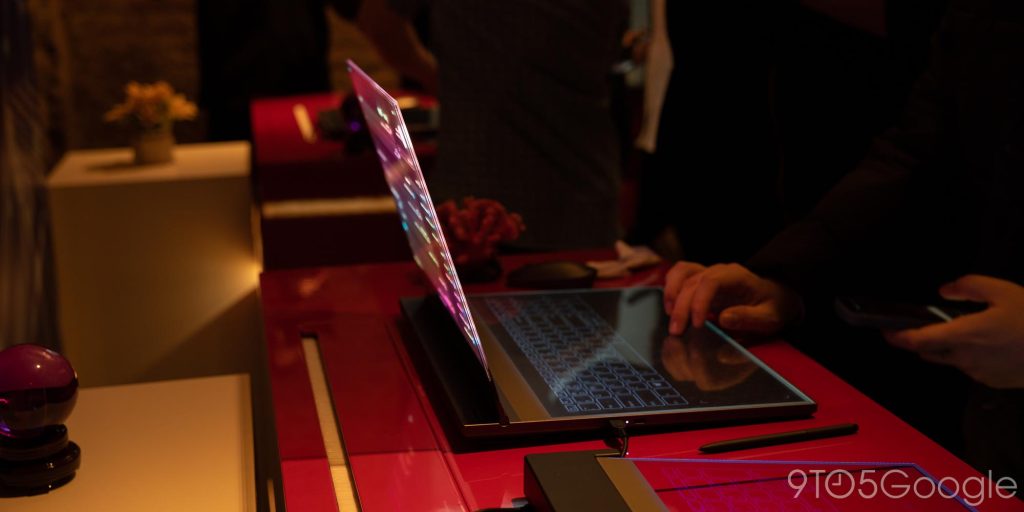


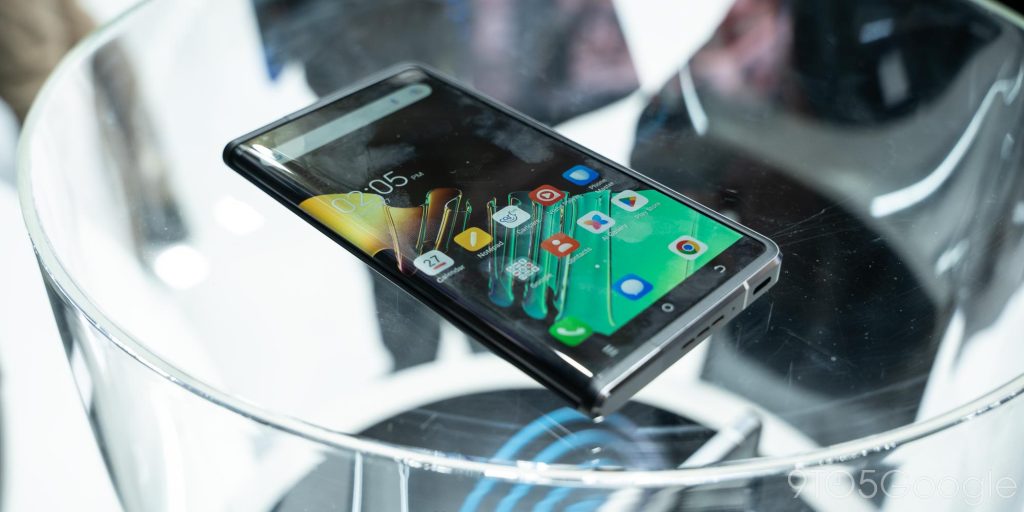

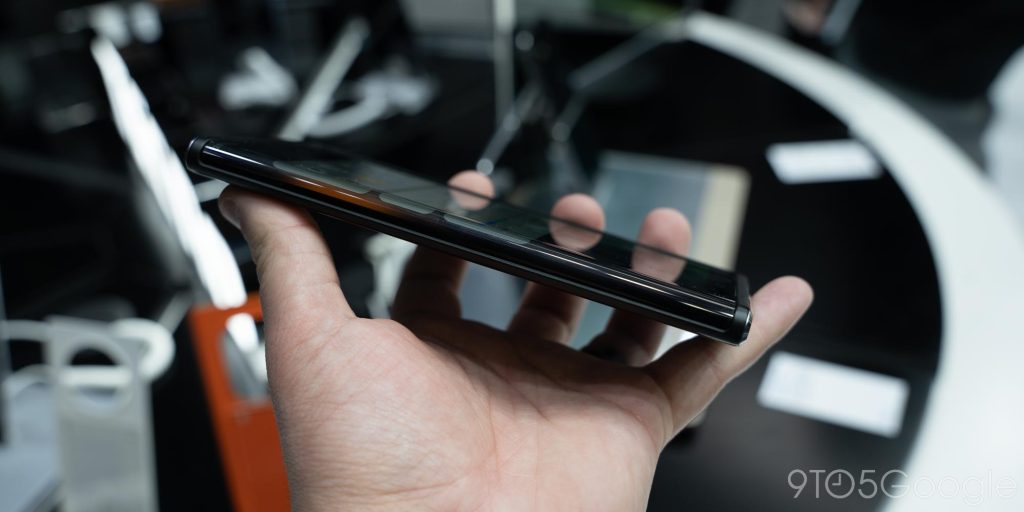
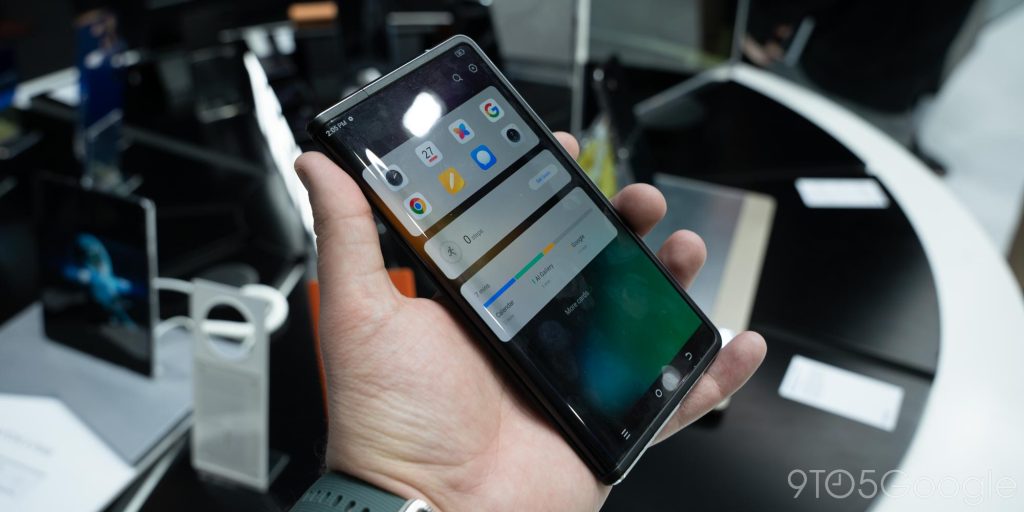
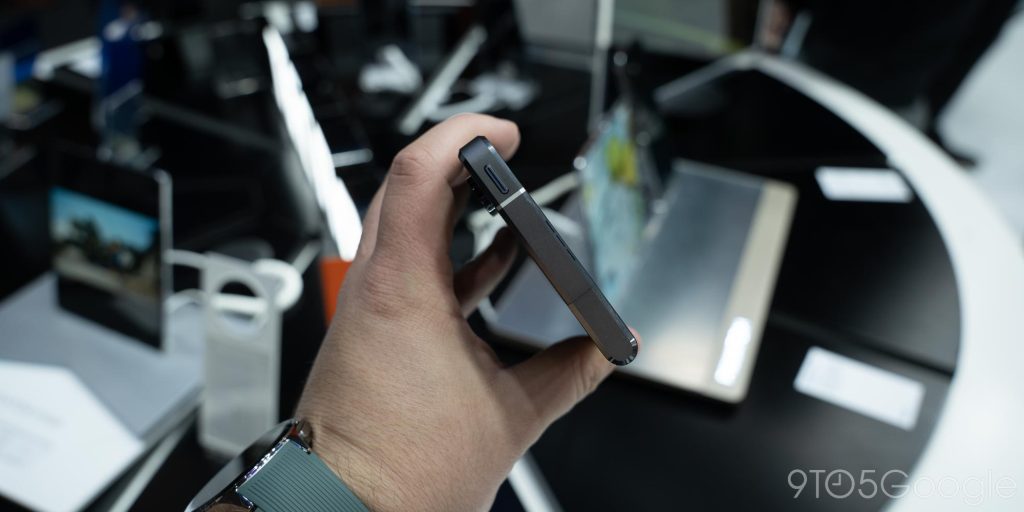
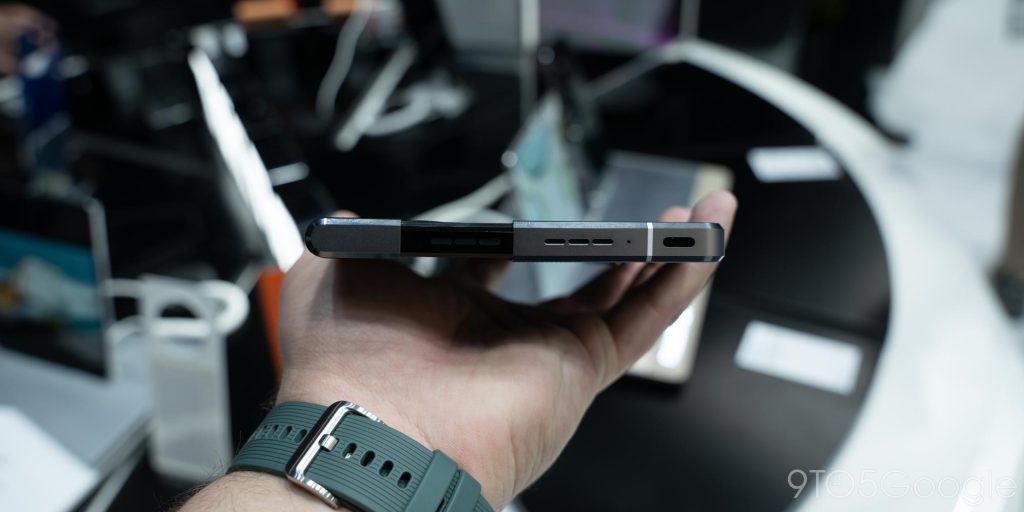

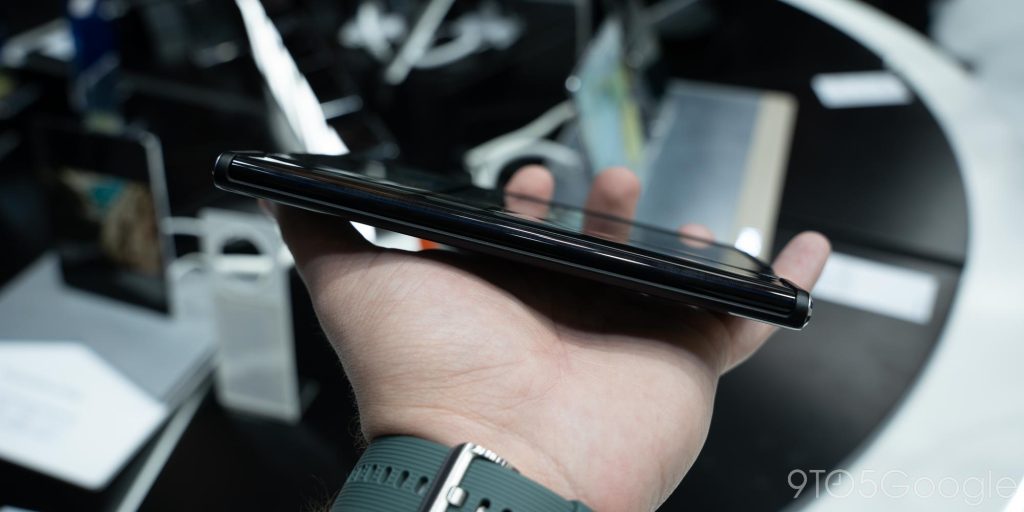
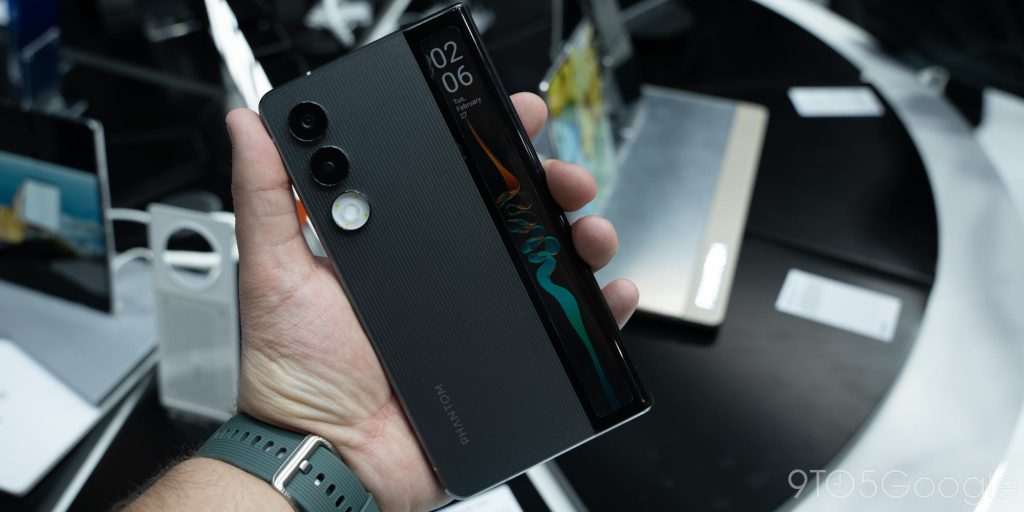





Comments